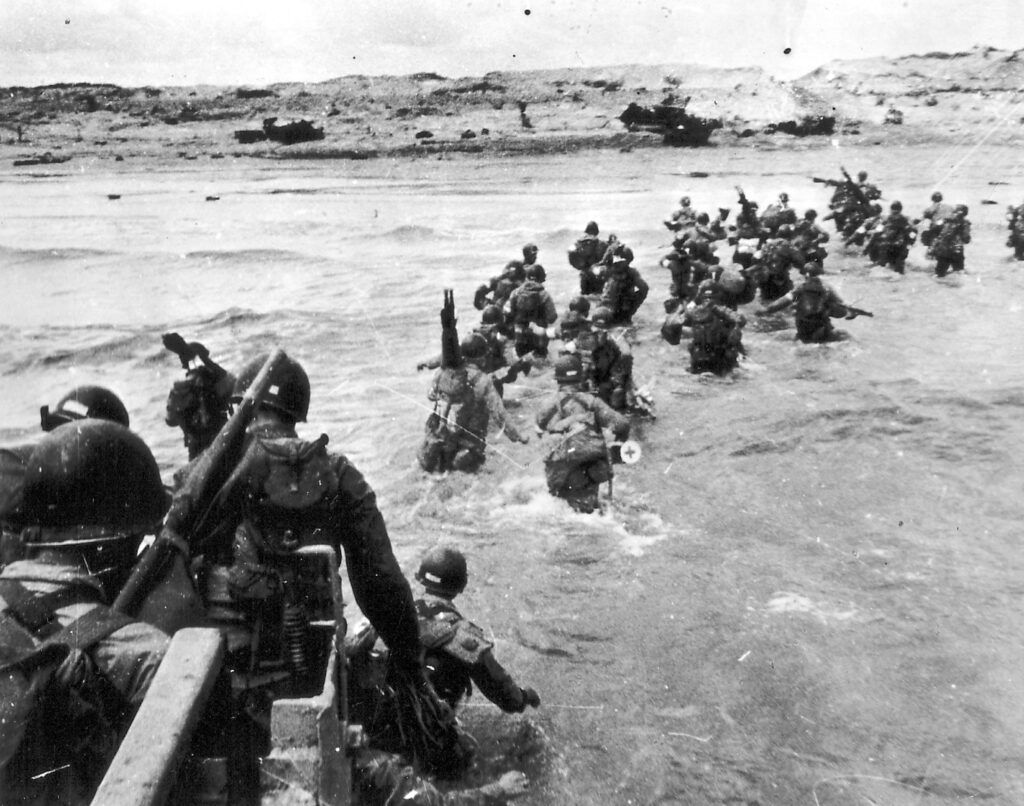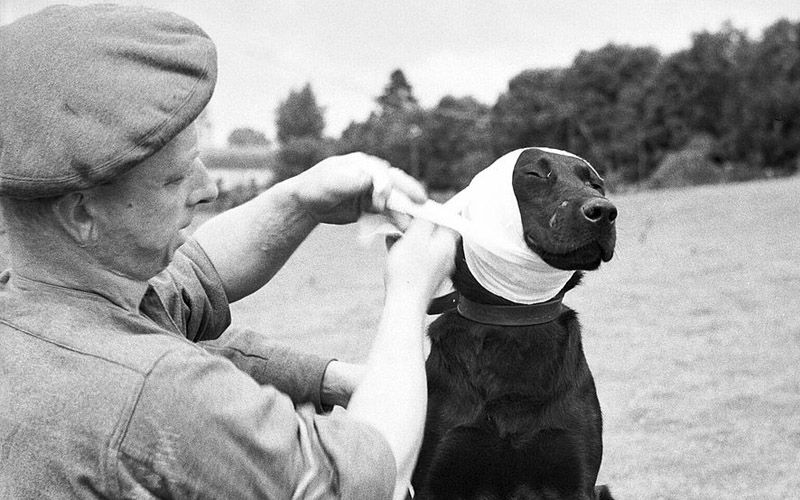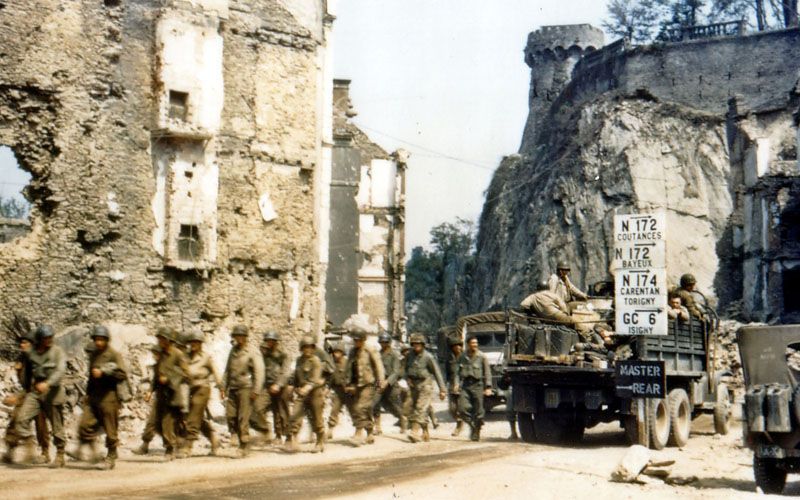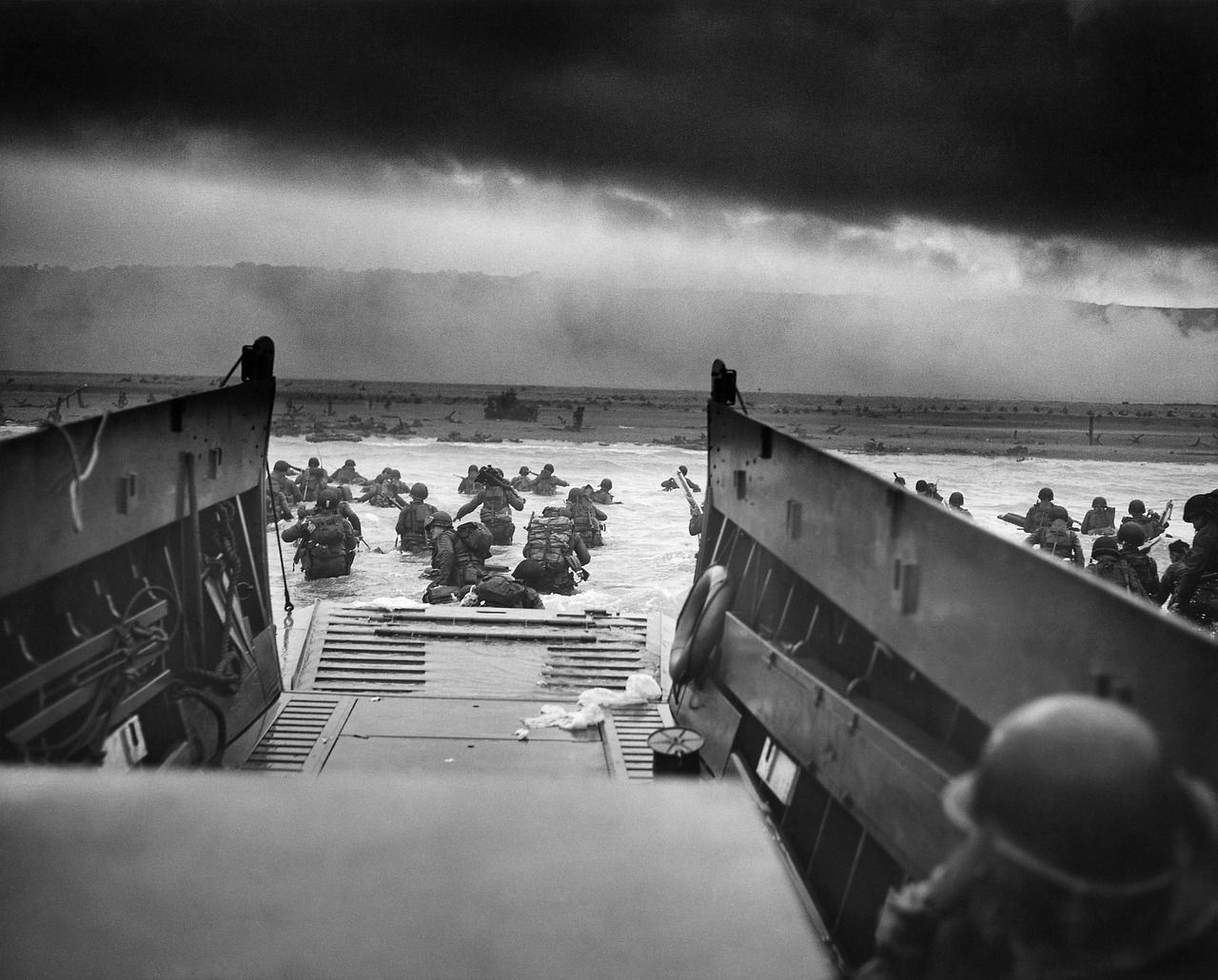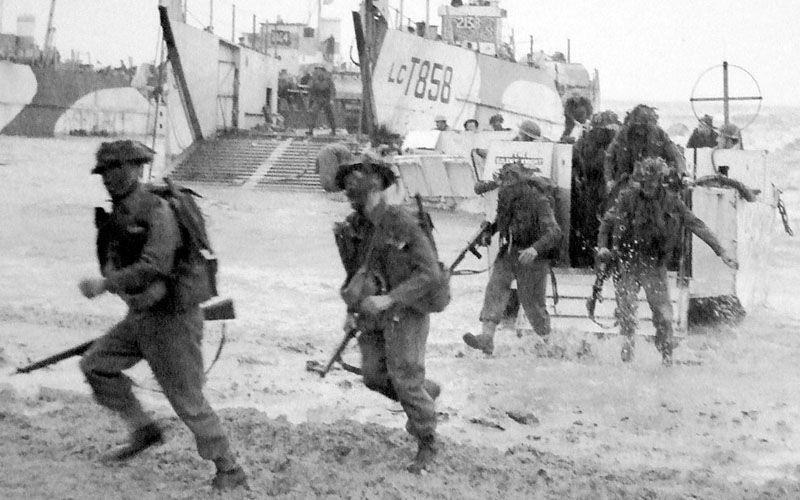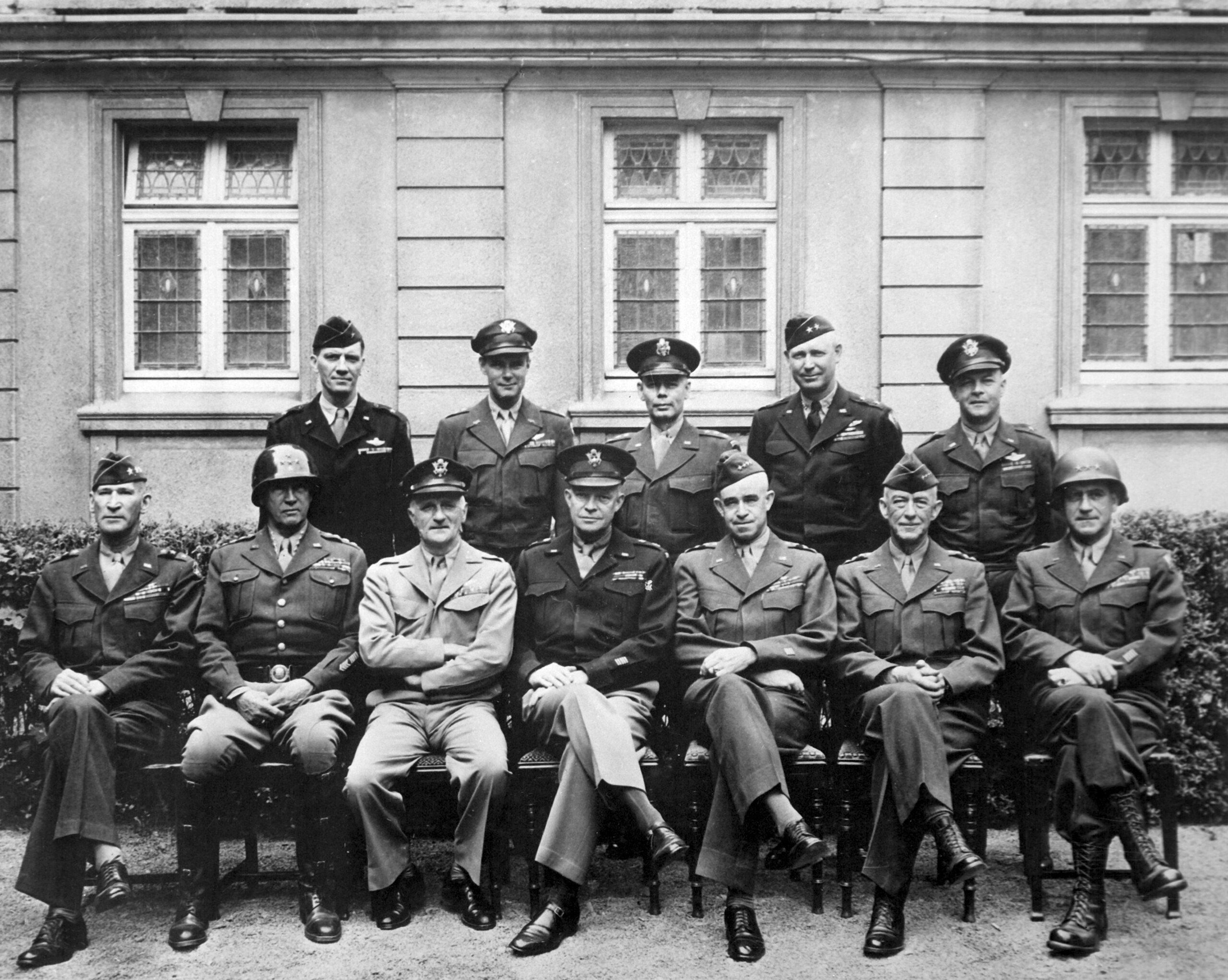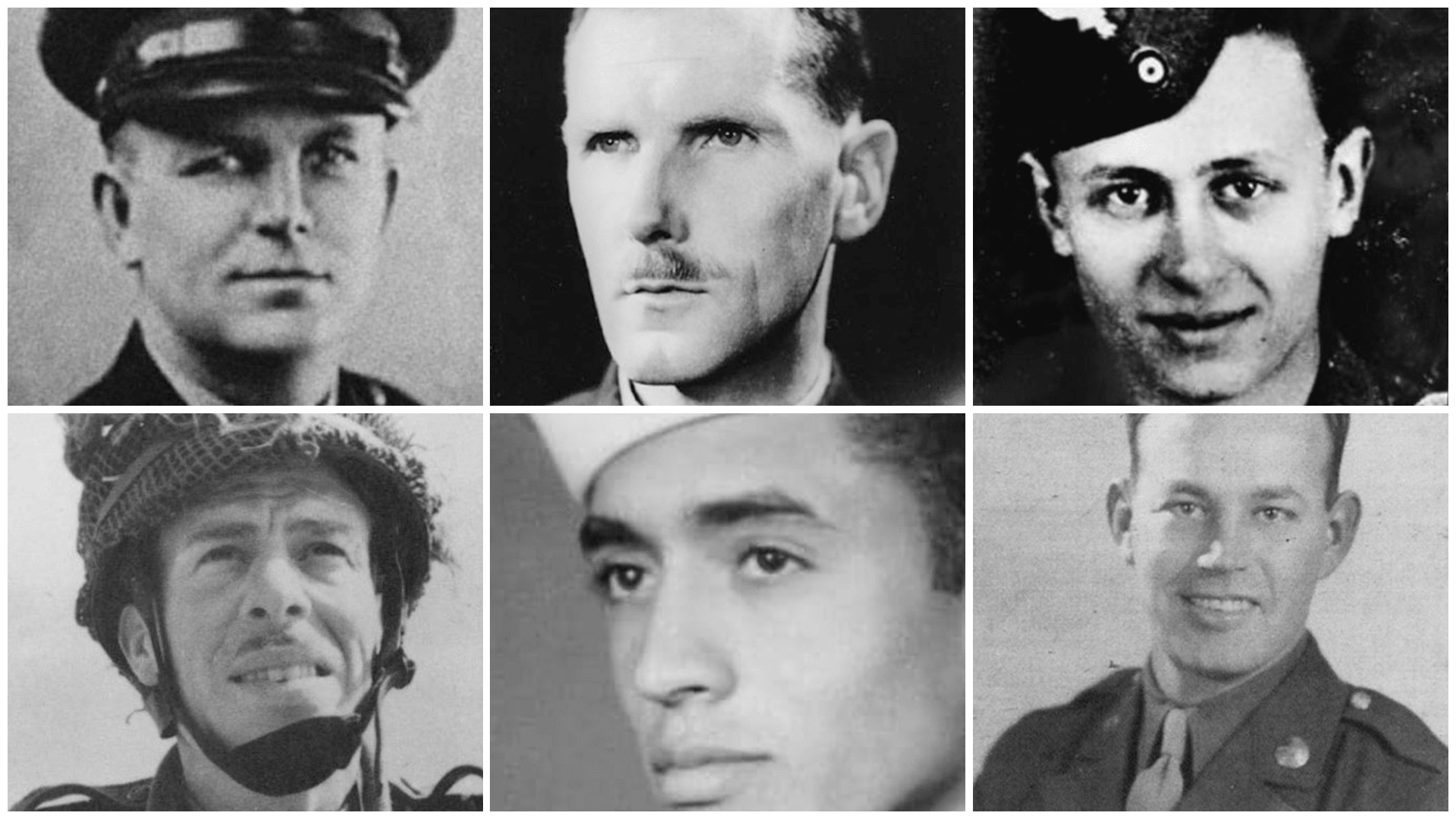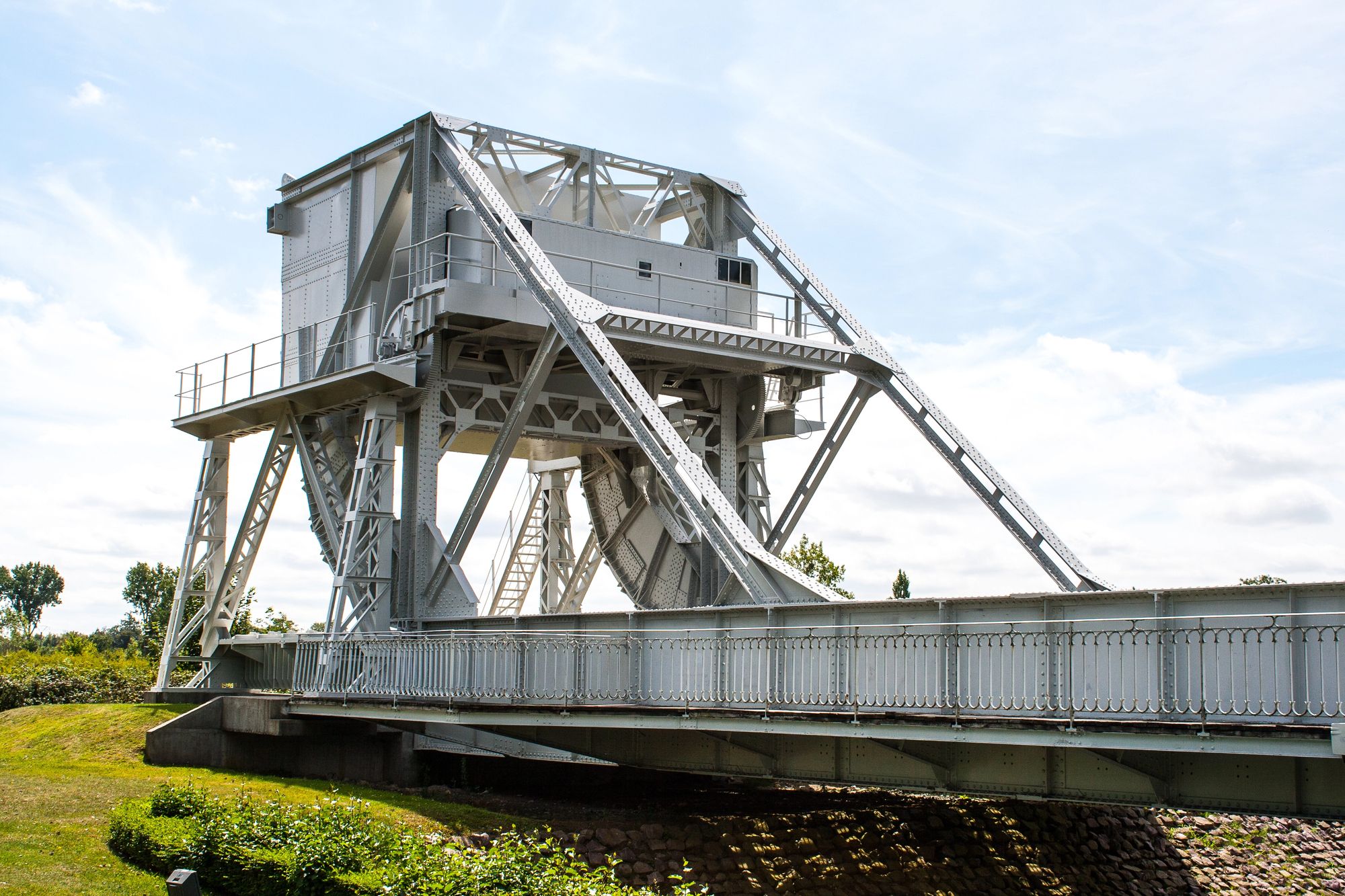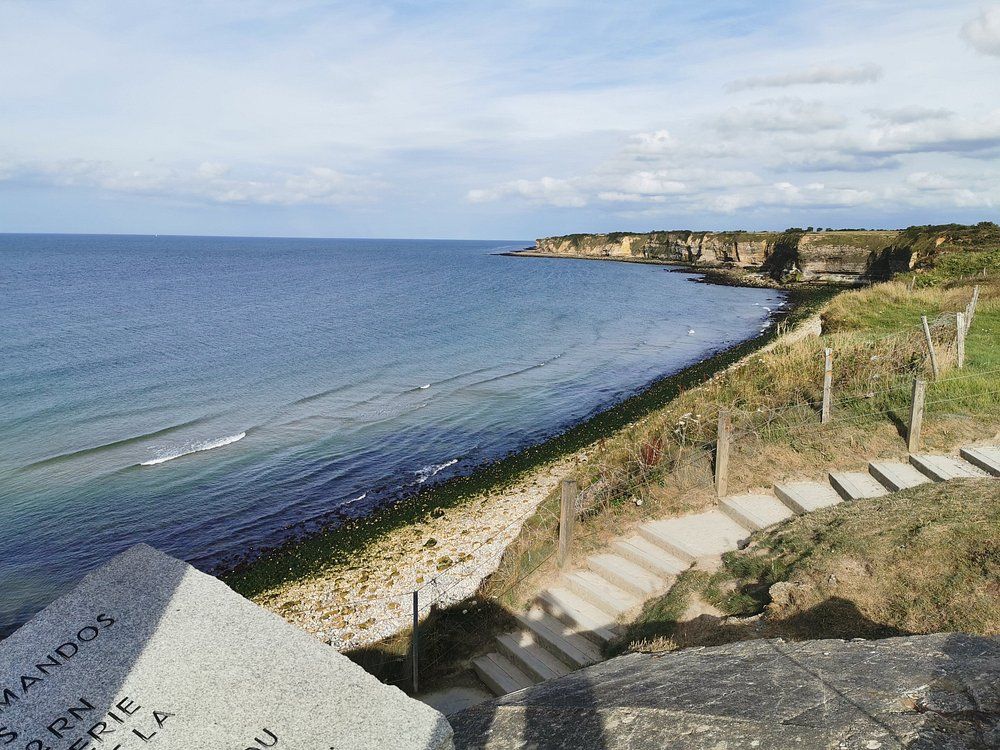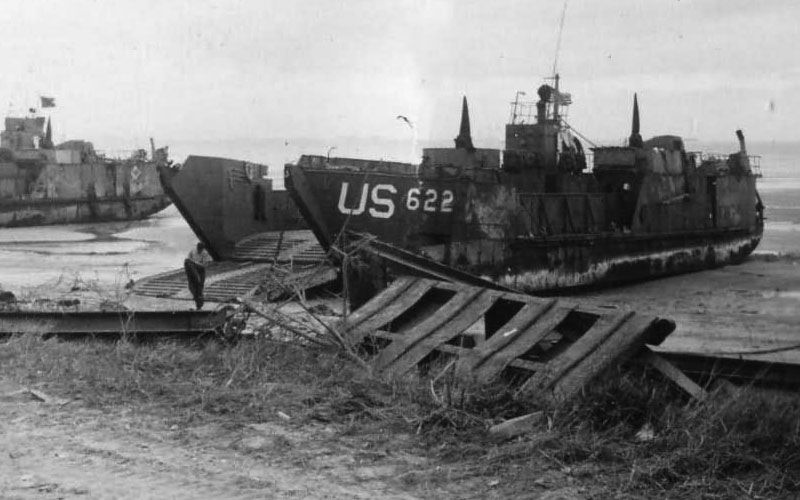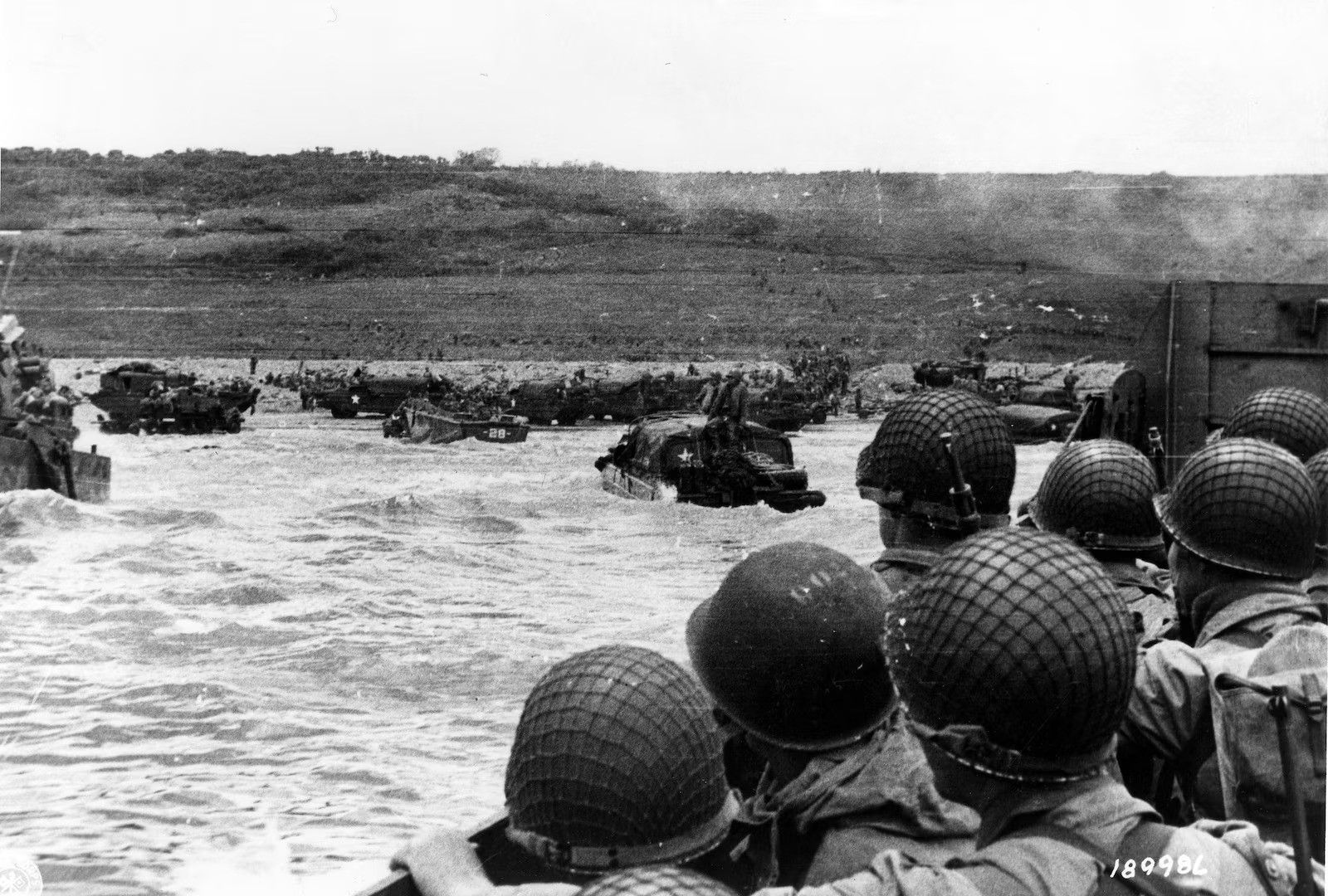Utah Beach was one of five landing zones during the Normandy Invasion on June 6, 1944, a day known to history as D-Day. Located on the westernmost section of the invasion area, this stretch of French coastline became the site where American forces began their push to liberate Europe from Nazi Germany. Almost 23,000 American soldiers landed on Utah Beach on that fateful day, facing less resistance than expected but still suffering 197 deaths among the 589 total casualties.
The Utah Beach landing was a critical part of Operation Overlord, the larger Allied plan to establish a foothold in Nazi-occupied France. By the end of D-Day, American forces had successfully moved nearly 1,700 vehicles ashore along with their troops. While the human cost was significant, Utah Beach actually saw fewer casualties than other landing zones in Normandy.
Today, Utah Beach stands as a testament to the courage of those who fought there. The area has been preserved as a historical site where visitors can learn about this pivotal moment in World War II. The beach itself might appear peaceful now, but it was once the starting point of the campaign that would eventually help bring the war in Europe to an end.
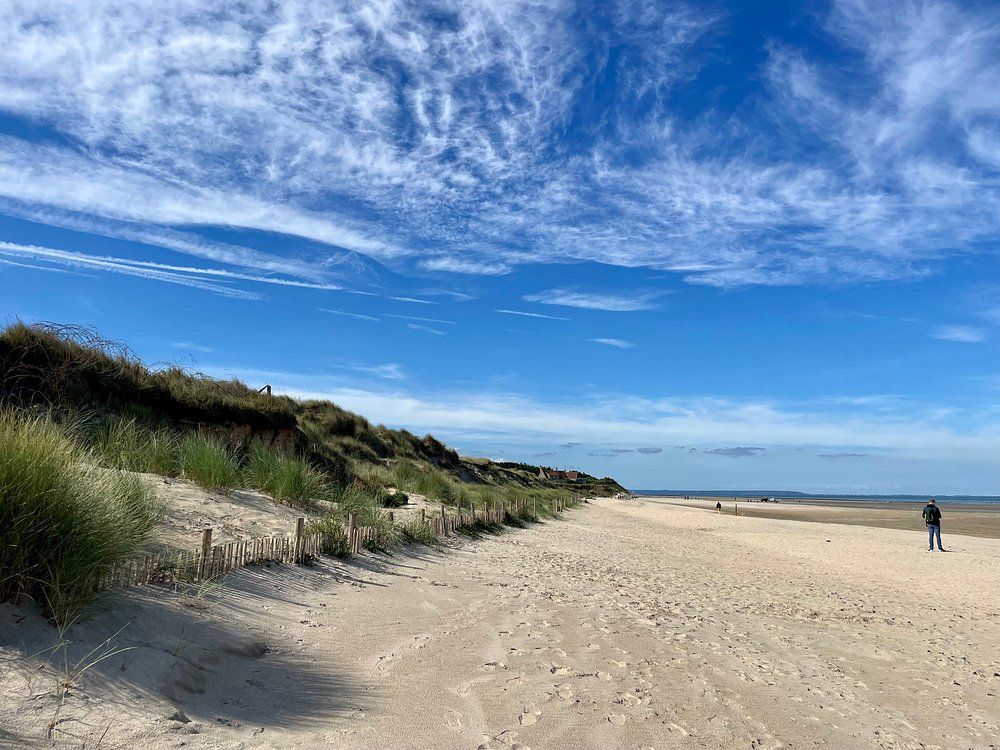
Historical Context
Utah Beach played a crucial role in Operation Overlord, the Allied invasion of Nazi-occupied France during World War II. The beach was carefully selected as part of a broader strategy to establish a foothold in Normandy and begin the liberation of Western Europe.
Lead-Up to D-Day
By early 1944, the Allies had determined that a cross-Channel invasion of occupied France was necessary to defeat Nazi Germany. Operation Overlord, the codename for this massive assault, required years of planning, training, and resource gathering.
The decision to include Utah Beach came after careful consideration of geographical features and German defenses. Allied planners chose five landing zones across a 50-mile stretch of Normandy coastline, giving them code names: Utah, Omaha, Gold, Juno, and Sword.
In the months before D-Day, Allied forces conducted extensive reconnaissance missions and bombing campaigns to weaken German defensive positions. Deception operations, like Operation Fortitude, successfully convinced German high command that the invasion would occur at Pas-de-Calais rather than Normandy.
Strategic Importance of Utah Beach
Utah Beach was the westernmost landing site of the Normandy invasion, located on the Cotentin Peninsula. Its capture was essential for Allied forces to gain access to the important port of Cherbourg.
The beach stretched approximately 3 miles (5 km) and was chosen for its relatively light German defenses compared to other landing zones. Utah’s strategic value also included allowing Allied forces to establish a position from which they could prevent German reinforcements from reaching other landing areas.
The 4th Infantry Division was assigned to lead the assault on Utah Beach, supported by airborne divisions that would drop behind enemy lines hours before the amphibious landings. Their objective was to secure exits from the beach and disrupt German communications and reinforcement capabilities.
Unlike bloody Omaha Beach, Utah saw relatively few casualties, with only 197 losses out of approximately 21,000 troops who landed there on June 6, 1944.
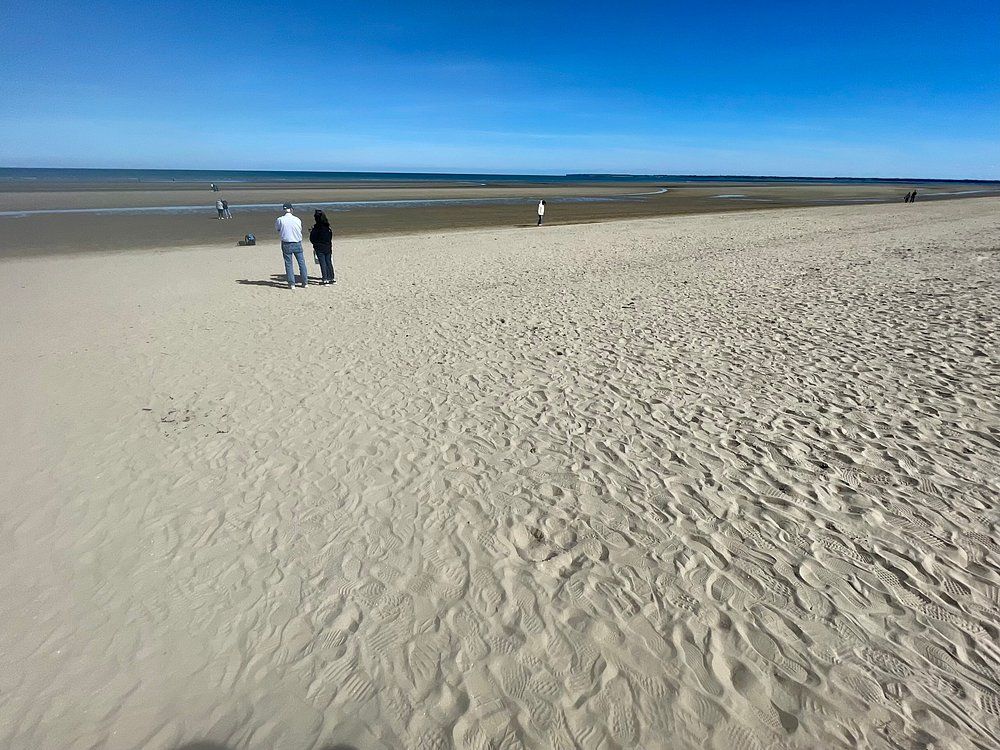
Geography and Topography
Utah Beach was situated on the western edge of the Normandy coastline along the English Channel. Its unique geographical features played a crucial role in both the planning and execution of the D-Day invasion on June 6, 1944.
Landscape of Utah Beach
Utah Beach stretched along the eastern coast of the Cotentin Peninsula in Normandy, France. The beach itself was relatively flat and sandy, extending about 3 miles (5 kilometers) between the villages of La Madeleine and Pouppeville.
Behind the beach lay a complex system of sand dunes that gradually gave way to flooded marshlands. The Germans had intentionally flooded these low-lying areas to create additional obstacles for invading forces.
Beyond the marshes stood a network of hedgerows known as “bocage” – dense bushes and trees growing on raised earth banks that divided the Norman countryside into small fields. These natural barriers would later prove challenging for Allied forces moving inland.
The terrain contained several exits from the beach that were critical control points during the invasion.
Tide and Weather Effects
The tidal patterns at Utah Beach significantly influenced D-Day planning. Utah Beach experienced dramatic tide fluctuations, with water levels varying by up to 17 feet (5.2 meters) between high and low tide.
At low tide, the exposed beach stretched nearly 300 yards (275 meters) from the water’s edge to the seawall, making troops vulnerable during a crossing. High tide covered most obstacles but brought waters dangerously close to German defenses.
Allied commanders carefully timed the landings for shortly after low tide, allowing demolition teams to clear beach obstacles while giving subsequent waves shorter distances to cross under fire.
Weather conditions also proved crucial. The original invasion date was postponed due to stormy conditions. Even on June 6, rough seas caused landing craft to drift eastward, resulting in many troops landing about 2,000 yards from their intended targets on Utah Beach.
Forces and Division
Utah Beach landing operations, as part of Operation Neptune, involved specific American military units supported by naval and air forces. The coordinated assault required precise planning and execution to overcome German defenses positioned along the Normandy coastline.
VII Corps and 4th Infantry Division
The U.S. VII Corps commanded the Utah Beach assault, with the 4th Infantry Division serving as the primary landing force. Major General Raymond O. Barton led this experienced division, which had trained extensively for amphibious operations.
The 4th Infantry’s mission was challenging but clear: secure the beachhead, move inland, and connect with airborne troops who had dropped behind enemy lines. These paratroopers from the 101st and 82nd Airborne Divisions played a crucial role by capturing key crossroads and disrupting German communications before the main assault.
German opposition at Utah came primarily from two battalions of the 919th Grenadier Regiment, part of the 709th Static Infantry Division. These defenders had fortified the coastline but were generally less experienced than other German units along the Normandy coast.
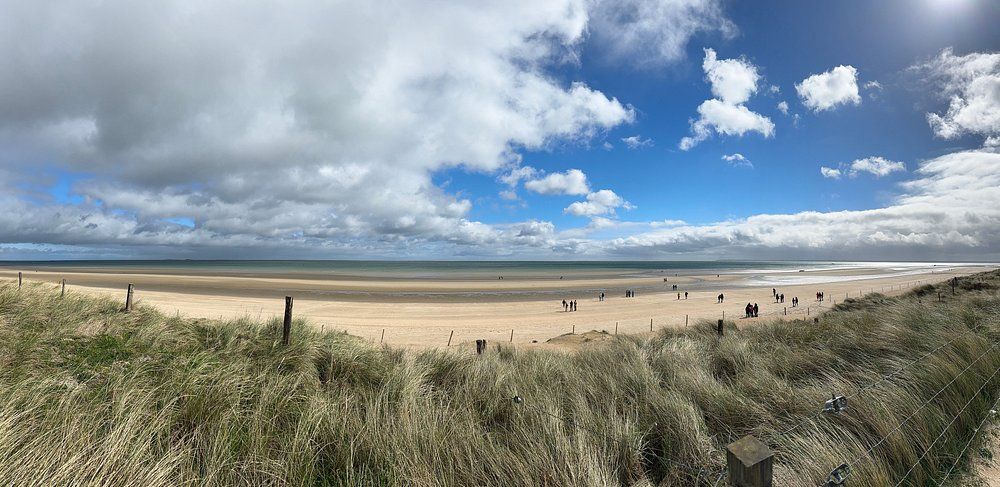
Naval and Air Support
The Utah Beach assault relied heavily on naval firepower and air support. The U.S. Navy assembled a formidable force including minesweepers, assault craft, escort vessels, and bombardment ships. USS Bayfield served as a command ship for the operation.
Naval forces began by clearing mines and obstacles from approach lanes. They then delivered devastating pre-landing bombardments designed to neutralize German defensive positions.
Air support for Utah Beach came from both strategic and tactical air units. Bombers targeted German defenses before the landings, while fighter aircraft provided close air support during the assault phase.
This combined arms approach proved crucial to success. Ship-to-shore coordination allowed for precise landing of troops and equipment while suppressing enemy resistance. Despite challenges, the well-coordinated naval and air elements helped the Utah Beach landings achieve their objectives with relatively fewer casualties than other D-Day beaches.
D-Day Landings
The D-Day landings at Utah Beach on June 6, 1944, brought over 23,000 American troops to Nazi-occupied France with relatively few casualties compared to other landing zones. The successful Utah Beach operation became a crucial foothold for Allied forces.
Initial Assault Force
The assault on Utah Beach began early on June 6, 1944, as part of Operation Overlord. American troops of the 4th Infantry Division led the attack, supported by specialized tanks and landing craft.
Strong currents pushed the initial landing craft about 2,000 yards south of their intended target. This navigational error proved fortunate, as troops encountered lighter German defenses than expected.
By day’s end, approximately 23,250 American soldiers had landed on Utah Beach. The landing area suffered relatively few casualties, with 197 killed and about 60 wounded among the beach assault forces.
Prior to the amphibious landings, airborne divisions parachuted inland to secure key areas. These airborne operations suffered heavier losses, with 2,499 casualties including 238 killed.
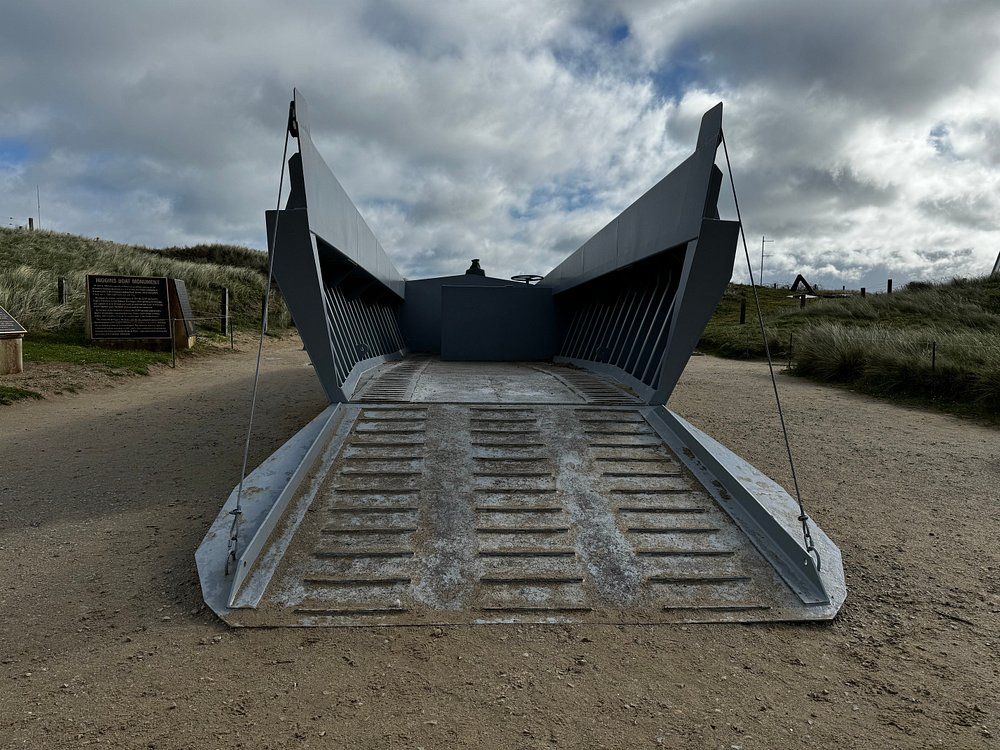
Beach Battalion and Engineering Efforts
Naval support was critical to the Utah Beach operation. Ships like USS Corry provided artillery support, while specialized landing craft delivered troops and equipment to shore.
Beach Battalion teams worked quickly to establish landing zones for subsequent waves of troops. They cleared obstacles, marked safe passages, and coordinated traffic flow from sea to shore.
Engineering units tackled beach obstacles placed by German defenders. They dismantled steel hedgehogs, tetrahedra, and other anti-landing devices under fire.
By the end of D-Day, engineers had cleared paths for an impressive 1,700 vehicles to reach the beach. Their efforts enabled the rapid movement of troops and supplies inland, critical for expanding the beachhead.
Major Events and Milestones
Utah Beach saw several crucial military operations that contributed significantly to the success of the D-Day invasion. American forces overcame challenging conditions to establish a beachhead and push inland to connect with paratroopers and eventually capture strategic locations.
Landing at Les Dunes de Varreville
The Utah Beach landing began at 6:30 AM on June 6, 1944, with the 4th US Infantry Division arriving at Les Dunes de Varreville. Strong currents pushed the landing craft south of their intended target, which proved fortunate as they encountered lighter German defenses.
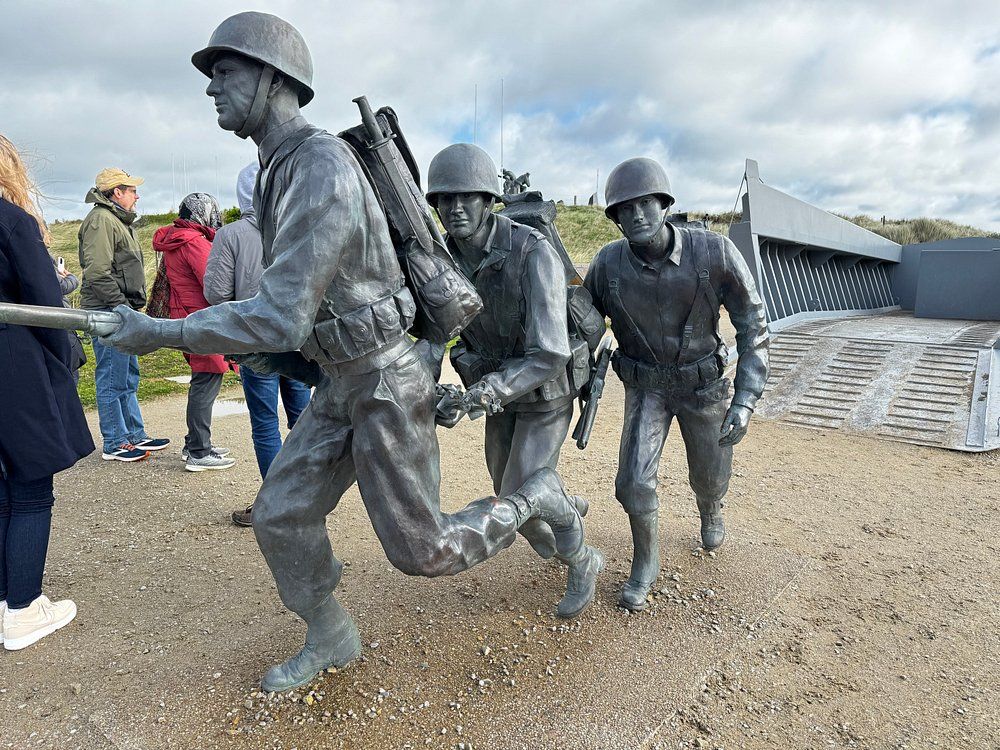
Brigadier General Theodore Roosevelt Jr., despite being 56 years old and using a walking stick, personally led the first wave ashore. After assessing their position, he made the critical decision to “start the war from here” rather than redirecting troops.
The landing proceeded efficiently with remarkably low casualties—only 197 American soldiers were lost compared to the thousands at Omaha Beach. By day’s end, more than 21,000 troops had successfully landed on Utah Beach.
Linkup with Paratroopers at Sainte-Mere-Eglise
Hours before the beach assault, at approximately 00:15, American airborne forces from the 82nd and 101st Airborne Divisions parachuted behind enemy lines. Their mission was to secure key routes and prevent German reinforcements from reaching the beaches.
Sainte-Mere-Eglise became the first French town liberated on D-Day when paratroopers captured it in the early morning hours. The linkup between beach landing forces and airborne troops occurred later on June 6 as elements of the 4th Infantry Division pushed inland.
This connection was vital to the invasion’s success, though it came at a high cost. Airborne operations suffered approximately 2,499 casualties. The town became a symbol of Allied determination and the successful coordination between different military units.
Capture of Cherbourg
The deep-water port of Cherbourg was a primary objective of the Allied invasion plan. Its capture would allow for the direct delivery of supplies and reinforcements from Britain to support the advancing Allied armies.
German forces heavily fortified Cherbourg, recognizing its strategic importance. The American VII Corps, which had landed at Utah Beach, led the assault on the port city beginning on June 22, 1944.
After intense fighting and despite Hitler’s order to defend to the last man, American forces captured Cherbourg on June 30. German demolition teams damaged port facilities extensively, requiring significant repairs before the harbor could be fully utilized.
The capture of Cherbourg marked a major milestone in securing the Allied foothold in Normandy and enabling the continued push across France.
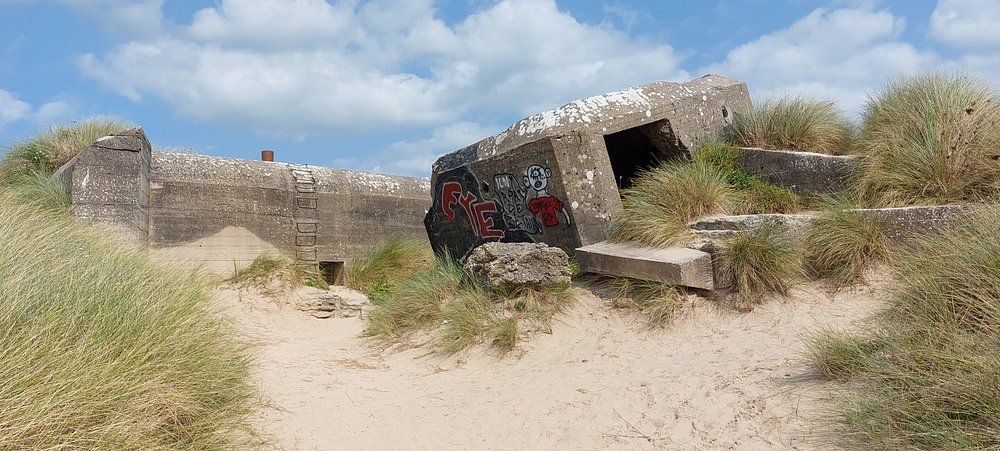
Naval and Aerial Operations
The success of Utah Beach landings depended heavily on naval and air support operations that cleared paths and weakened German defenses. Allied forces coordinated complex sea and air missions that proved vital to the relatively low casualty rate experienced at Utah.
Minesweepers in Action
Minesweeping operations began hours before the main assault on Utah Beach. Naval minesweepers worked through the night of June 5-6, 1944, clearing channels for the invasion fleet.
These specialized vessels methodically swept the waters, locating and neutralizing German naval mines that could have devastated landing craft. The minesweepers faced significant risks, operating in darkness and under potential enemy fire.
Their work created safe passage lanes marked with buoys, allowing transport ships to deliver troops and equipment to the correct landing zones. Without these crucial minesweeping operations, the amphibious landings would have faced substantially higher casualties from underwater explosives.
Bombardment by Allied Warships
Allied naval vessels launched a massive bombardment of Utah Beach defenses beginning at 5:30 AM on D-Day. The USS Nevada, a battleship that had survived Pearl Harbor, played a key role by targeting German coastal batteries with its 14-inch guns.
The naval bombardment focused on destroying German defensive positions, bunkers, and artillery emplacements. This preparatory fire aimed to neutralize enemy resistance before ground troops arrived.
During these operations, the destroyer USS Corry (DD-463) struck a mine and sank while supporting the bombardment. Despite such losses, the naval bombardment successfully suppressed many German defenses, contributing to the relatively low casualty count of 197 among the 21,000 troops landing at Utah Beach.
Air forces also participated in the bombardment, with aircraft striking inland targets to prevent German reinforcements from reaching the beach.
Casualties and Aftermath
Utah Beach experienced surprisingly low casualty rates compared to other D-Day landing zones. American forces suffered fewer than 300 casualties during the initial assault, making it the least costly of all the invasion beaches.
By the end of D-Day (June 6, 1944), approximately 23,250 American soldiers had successfully landed on Utah Beach. The U.S. 4th Infantry Division led this assault and established a solid foothold on the European continent.
Along with the troops, about 1,700 vehicles and motorized equipment made it ashore on that first day. This mechanical support proved crucial for the push inland.
The relatively low casualty count can be attributed to several factors. The naval bombardment was effective, the German defenses were less concentrated, and interestingly, the landing craft drifted to a less-defended area than originally planned.
In contrast, other landing zones like Omaha Beach saw much higher casualty rates, with approximately 2,000 U.S. troops killed, wounded, or missing in action.
The Allied Airborne operations supporting Utah Beach involved about 13,000 troops and suffered 2,499 casualties. These paratroopers and glider forces played a vital role in securing the success of the beach landing by capturing key inland positions.
The National Archives preserves numerous records, photographs, and firsthand accounts from Utah Beach, documenting this remarkable military achievement that helped secure the Allied foothold in Nazi-occupied France.
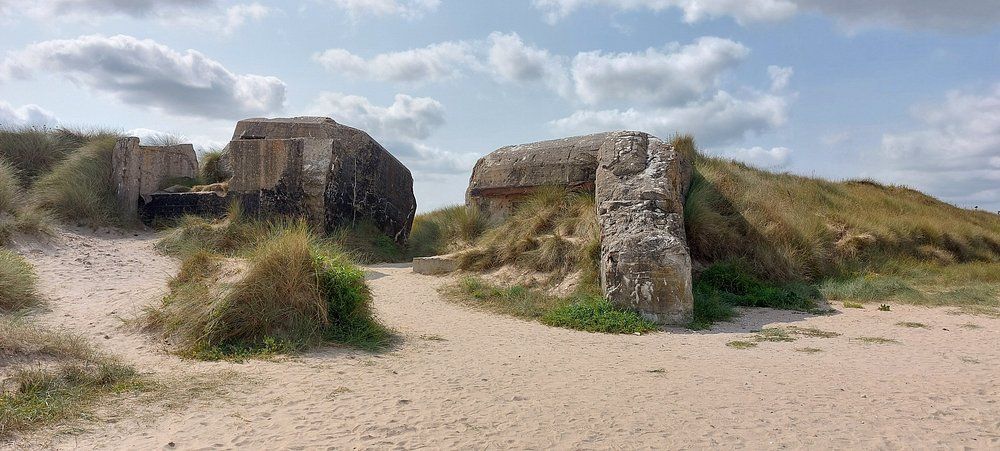
Memorialization and Legacy
Utah Beach has been honored through several monuments and museums that preserve the memory of those who fought there on D-Day. These memorials serve as both historical markers and places for reflection on the sacrifices made during the Allied invasion.
Utah Beach Memorial
The Utah Beach Memorial stands as an American monument in Normandy commemorating the World War II D-Day landings. The memorial honors the soldiers of the U.S. 4th Infantry Division who came ashore on June 6, 1944. A prominent feature of the site is a Sherman tank, positioned as a powerful symbol of American military might during the invasion.
In recent years, additional monuments have been added to recognize other participants in the invasion. A new memorial was unveiled specifically honoring U.S. Merchant Mariners, acknowledging their crucial role in transporting troops and supplies for the D-Day operations.
Continuing Significance
Utah Beach continues to draw veterans and visitors decades after the war. In 2023, dozens of World War II veterans, primarily Americans and British, traveled to Normandy to mark the 79th anniversary of D-Day. These commemorations keep the memory of their sacrifice alive for new generations.
The Utah Beach Museum preserves this legacy through exhibits featuring rare WWII artifacts and immersive displays. It has become one of Normandy’s most important historical sites, allowing visitors to experience the valor displayed during the invasion.
General Dwight D. Eisenhower, who commanded the Allied forces, is prominently featured in the museum’s narrative about the planning and execution of Operation Overlord.
Advanced Military Technology
The D-Day landings at Utah Beach showcased several innovative military technologies that helped Allied forces succeed. These advancements were crucial in overcoming the challenging beach terrain and German defenses.
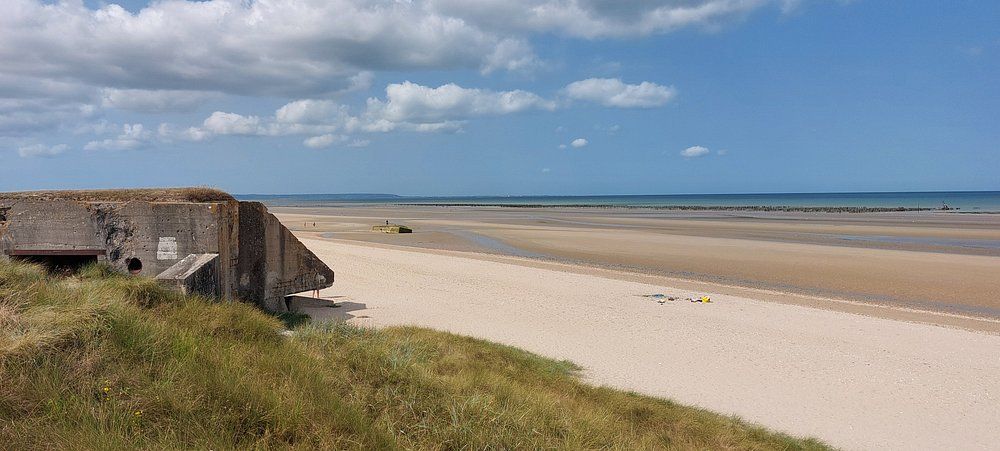
LCI(Landing Craft Infantry)
The Landing Craft Infantry (LCI) played a vital role in the Utah Beach assault. These vessels, approximately 158 feet long, could transport up to 200 soldiers directly to shore. Unlike earlier landing craft, LCIs featured a ramp system that allowed troops to disembark more quickly and safely.
Each LCI carried essential weapons and equipment, including machine guns for defense against enemy aircraft. The shallow draft design enabled these vessels to navigate closer to the beach, reducing the distance soldiers had to wade through water under enemy fire.
On D-Day, several LCIs supported the 4th Infantry Division at Utah Beach. Their effectiveness contributed to the relatively lower casualty rate at Utah compared to other landing zones like Omaha Beach.
Engineers modified some LCIs to serve specialized roles, including command vessels and rocket-launching platforms that provided crucial fire support during the initial assault phases.
More Reading:
Read about each of the different landing zones here:
Utah Beach Travel Guide
Utah Beach stretches along the Normandy coast from Sainte-Marie-du-Mont to Quinéville in La Manche. As one of the five Allied landing beaches on D-Day, it holds a special place in World War II history. Visiting Utah Beach today offers you a unique opportunity to walk where American troops landed on June 6, 1944, during Operation Overlord, the beginning of the Battle of Normandy that would eventually help free Europe.
When you visit Utah Beach, you’ll find it more natural and less developed than some of the other D-Day beaches. The excellent Utah Beach Landing Museum, built around the remains of a concrete German bunker, provides the perfect starting point for your exploration. Here, you can learn about the American landing and the wider context of D-Day through engaging exhibits that bring history to life.
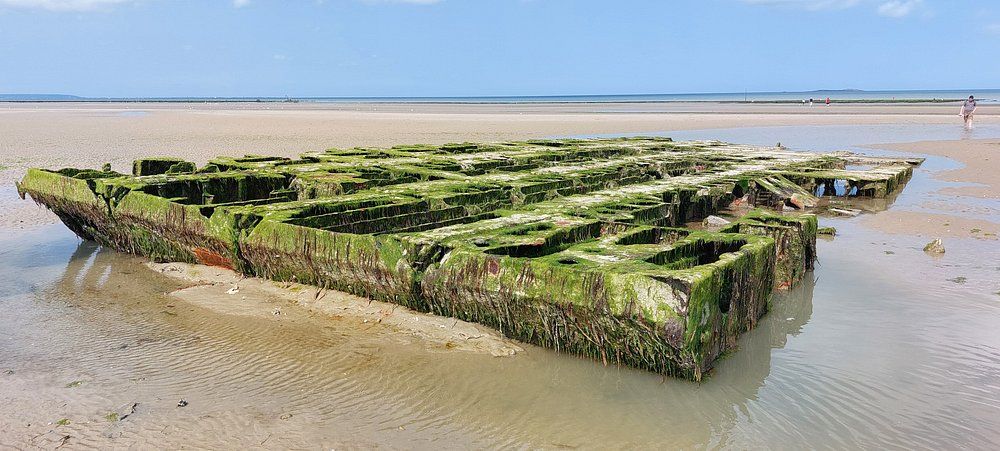
Your visit can include not just the beach itself and the museum, but also a drive through the surrounding farmlands where paratroopers landed before the beach assault. Don’t miss Le Roosevelt Café, an iconic spot to rest and reflect on the historical significance of this peaceful shoreline that once witnessed one of history’s most pivotal military operations.
Utah Beach Visitor Guide
Utah Beach is one of the five Allied landing beaches from D-Day. It stretches from Sainte-Marie-du-Mont to Quinéville in La Manche region of Normandy, France.
The Utah Beach Landing Museum (Musée du Débarquement) is the best place to start your visit. Built around the remains of a German bunker, this excellent museum tells the story of the American landing.
Planning your visit:
- Best time to visit: April to October
- Hours: 10:00 AM – 6:00 PM (hours may vary by season)
- Admission: Approximately €8 for adults
You can explore Utah Beach in several ways. Guided tours are available by reservation and offer insights you might miss on your own. Self-guided walking tours with informational panels are also popular.
Don’t miss the memorials dedicated to the 4th Infantry Division who landed here. The beach itself is more natural compared to other D-Day beaches, giving you a sense of the landscape troops encountered.
Consider visiting nearby Sainte-Mère-Église, where paratroopers landed before the beach assault. The famous church with a paratrooper mannequin hanging from its spire is just 6 miles away.
If you’re interested in a broader D-Day experience, the Overlord Museum and Battle of Normandy Museum provide additional context to the Utah Beach landing.
Most visitors spend about 2-3 hours at Utah Beach and its museum. Comfortable walking shoes are recommended as the terrain can be uneven.
Nearby Accommodations
Finding a cozy place to stay near Utah Beach is easy, with options to fit any budget. You’ll find several charming hotels within a short drive of this historic D-Day landing site.
Hotel Domaine Utah Beach stands out as a convenient choice right at Utah Beach itself. This property offers you the unique experience of staying on the actual historic grounds.
Le Grand Hard – Domaine Utah Beach is another excellent option, providing comfortable rooms with easy beach access. After a day of exploring, you won’t have far to travel back to your lodging.
For those wanting to stay in nearby towns, Hotel du 6 Juin and Logis Hôtel Le Sainte Mère offer comfortable accommodations with local charm. Both provide good bases for exploring the D-Day beaches.
The Chateau de Quineville brings a touch of elegance to your trip. This castle-turned-hotel lets you experience a bit of French nobility while touring the historic sites.
Most hotels in the area are within easy driving distance to restaurants serving Norman specialties. You’ll find many establishments offering fresh seafood and local cider.
Public transportation around Utah Beach is limited, so renting a car is your best option for moving between accommodations and attractions. This gives you freedom to explore at your own pace.
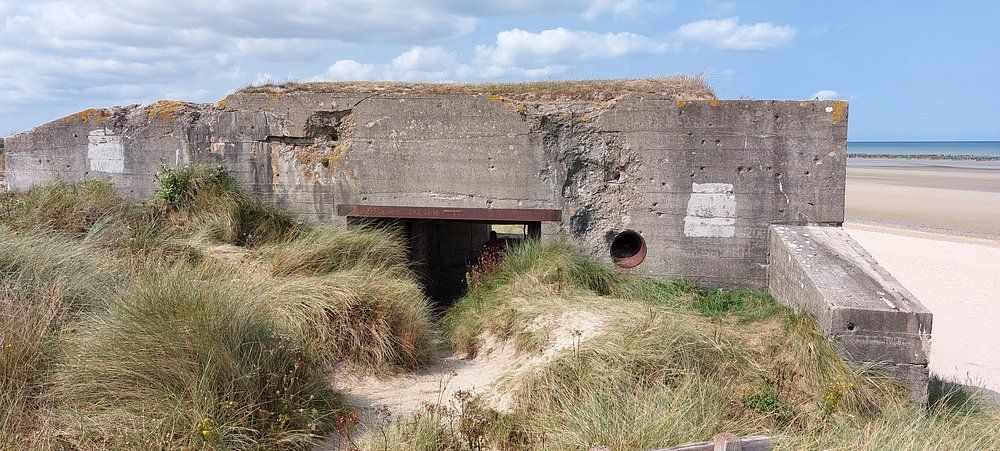
Nearby Things to Do
When visiting Utah Beach, you’ll find many exciting activities and historical sites nearby. The area offers a perfect mix of WWII history and outdoor fun.
Historical Sites:
- Musée du Débarquement Utah Beach – A 4.7-star rated museum right on the beach that tells the D-Day story
- Pointe du Hoc – Take the D514 east to see these dramatic cliffs where Rangers scaled to destroy German guns
- Omaha Beach – Continue east to visit this famous landing site
- American Cemetery – Pay your respects at this beautiful, moving memorial
Outdoor Activities:
- Cycling along coastal routes
- Sand-yachting on the wide beaches
- Shore fishing
- Hiking through untamed natural areas
- Mini-golf for family fun
The nearby town of Sainte-Marie-du-Mont is worth exploring, as is Sainte-Mère-Église where a paratrooper famously hung from the church steeple during D-Day.
If you have time, venture to other D-Day beaches like Gold, Juno, and Sword where British and Canadian troops landed. The German bunkers and Atlantic Wall defenses are still visible at many locations.
Bayeux makes a great base for exploring the region, with its famous tapestry and charming medieval center. For a deeper understanding of the war, visit the Caen Memorial museum.
Don’t miss Arromanches where you can see remains of the artificial Mulberry Harbor, an engineering marvel that helped supply the Allied invasion.

